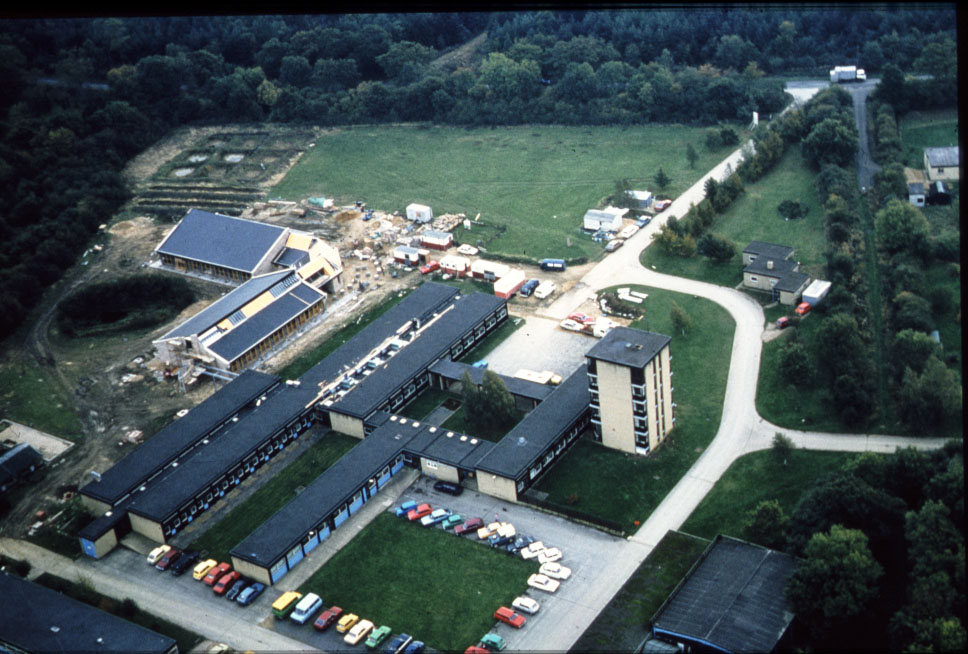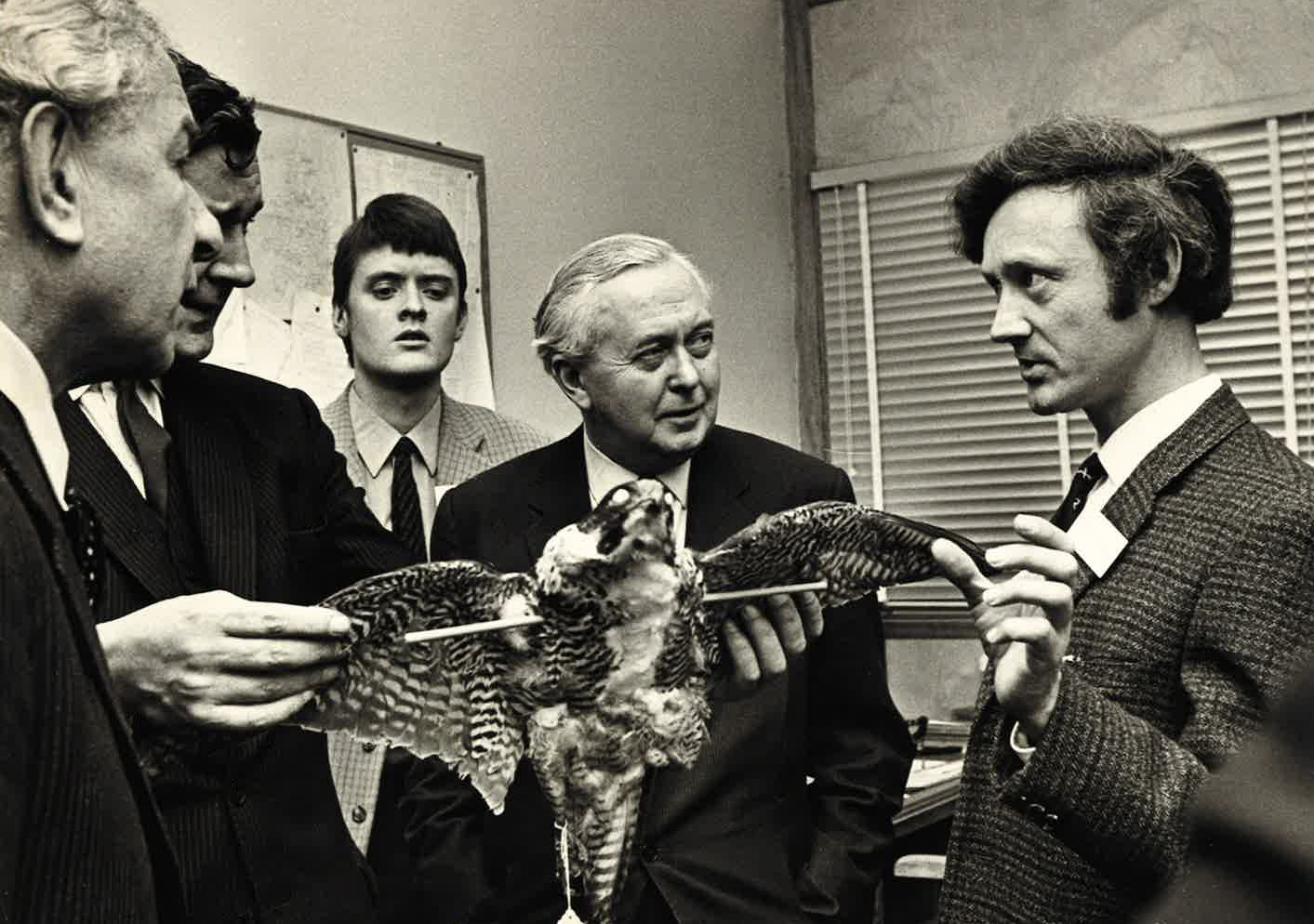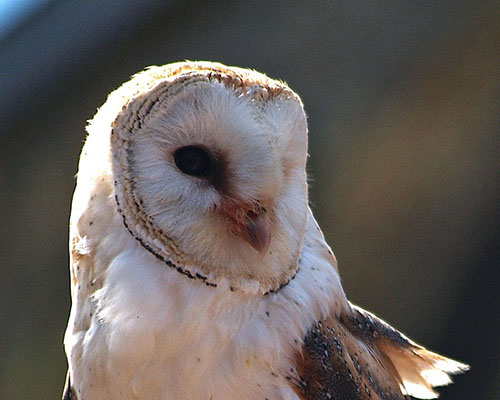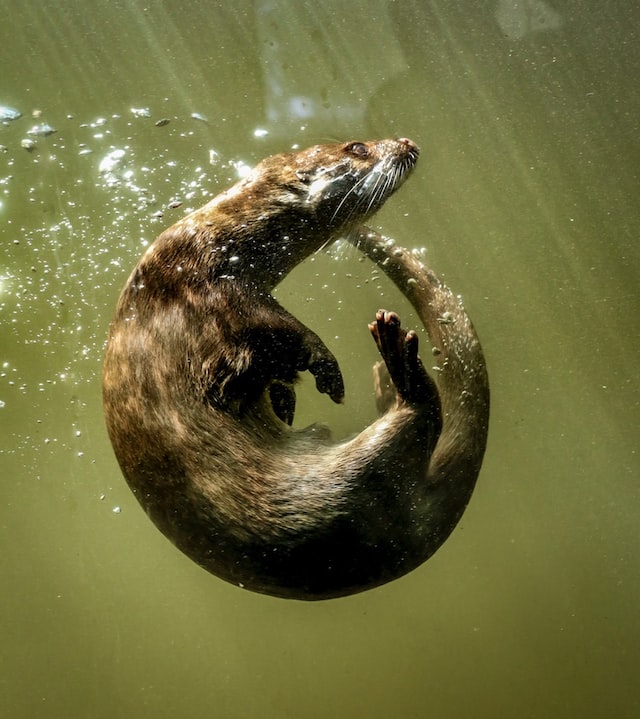The Predatory Bird Monitoring Scheme is, to our knowledge, the longest running scheme of its kind anywhere in the world. The scheme was established in response to serious concerns over the effects of organochlorine insecticides and organomercury fungicides on birds and mammals.
1962

- The Nature Conservancy established the PBMS to study the impact of organochlorine insecticides and organomercury fungicides on bird and mammal populations. Research at Monks Wood Experimental Station eventually led to the banning of these chemicals in farming, in Britain and elsewhere. Our team then assessed the effectiveness of the bans through the decline of organochlorine insecticides including DDT residues in birds and eggs.
[Photo: Institute for Terrestrial Ecology © UKCEH]
1966

- We started monitoring industrial polychlorinated biphenyls (PCBs) after the discovery that these contaminants were potentially toxic to birds.
[Photo: Cambridge Evening News]
1970

- Around 1970 we began tracking Mercury (Hg) levels in predatory birds and their eggs. Mercury was known to enter the food chain from past and current agricultural and industrial sources. We revealed a mixed picture of contamination across different species. Declines – where detected – generally happened before 1990 and mercury concentrations in tissues have remained relatively stable since then.
[Photo: Paul Fisher © UKCEH]
1971

- PBMS began monitoring contaminants in gannet eggs and has since collected eggs regularly from two colonies – Bass Rock in the Firth of Forth and Ailsa Craig in the Irish Sea – as well as from other available sites. Between 1969 and 2009 we found a statistically significant reduction in PCB congener sum concentrations in gannet eggs.
[Photo: Will Brownlie © UKCEH]
1983

- PBMS started monitoring exposure to Second Generation Anticoagulant Rodenticides (SGARs) in barn owls. We later extended SGAR monitoring to red kites and kestrels.
[Photo: Saxifraga - Hans Dekker]
2006

- We began monitoring Deca-Brominated Diphenyl Ether (DBDE) in sparrowhawks. Once thought to be stable and inert, there is now concern over whether DBDE (a flame retardant) breaks down in the environment, leading to the creation of other harmful chemicals.
[Photo: Saxifraga - Martin Mollet]
2011

- In addition to studying bird tissues, monitoring of Poly Brominated Diphenyl Ethers (PBDEs) in otter livers was conducted in 2011. This enabled us to gather valuable data from a predatory species that mainly feeds within aquatic environments. PBDEs (used as a flame retardant) are widely used in manufacturing and may have a long environmental lifespan, accumulating in fatty tissues and other organs.
[Photo: Ray Harrington via unsplash.com]
2016
- PBMS starts annual reporting of second generation anticoagulant rodenticides (SGARs) in barn owls for the Rodenticide Stewardship regime. The regime aims to reduce the risk to wildlife and other non-target species from SGARs. Our SGAR monitoring data is a key indicator to assess risk to wildlife. This work is ongoing and was used in the five-year review of the regime.
2018
- Rodenticides: The Good, the Bad, and the Ugly by Richard Shore, PBMS's Principle Investigator, was published in The Encyclopedia of the Anthropocene
- Members of the PBMS team travelled to Ukraine to conduct fieldwork in the Chernobyl Exclusion Zone. They were studying small mammal populations as part of the TREE project.
2020
- PBMS team led on the design and initial draft of a dashboard for “Exposure and adverse effects of chemicals on wildlife in the environment: interim H4 indicator”. The H4 dashboard is one of a suite of indicators in the 25-Year Environment Plan (25-YEP) Outcome Indicator Framework. The indicator contributes to measuring whether we are moving towards the goal of ‘managing exposure to chemicals’ within the 25-YEP. Available updates to indicators under the framework are reported annually on gov.uk alongside reports outlining environmental improvements made through the 25-YEP.
